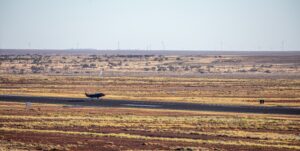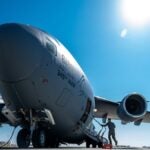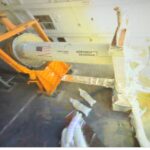
Boeing [BA] and the Royal Australian Air Force (RAAF) conducted the first flight test of the company's Loyal Wingman prototype drone on Feb. 27 in Australia, the company said on March 2. Boeing's Airpower Teaming System (ATS) design for Loyal Wingman is also a candidate for the U.S. Air Force's Skyborg low-cost attritable demonstrator--one of three Air Force Vanguard programs to speed the fielding of advanced technologies. "The flight of the first military aircraft to be designed and manufactured in…














